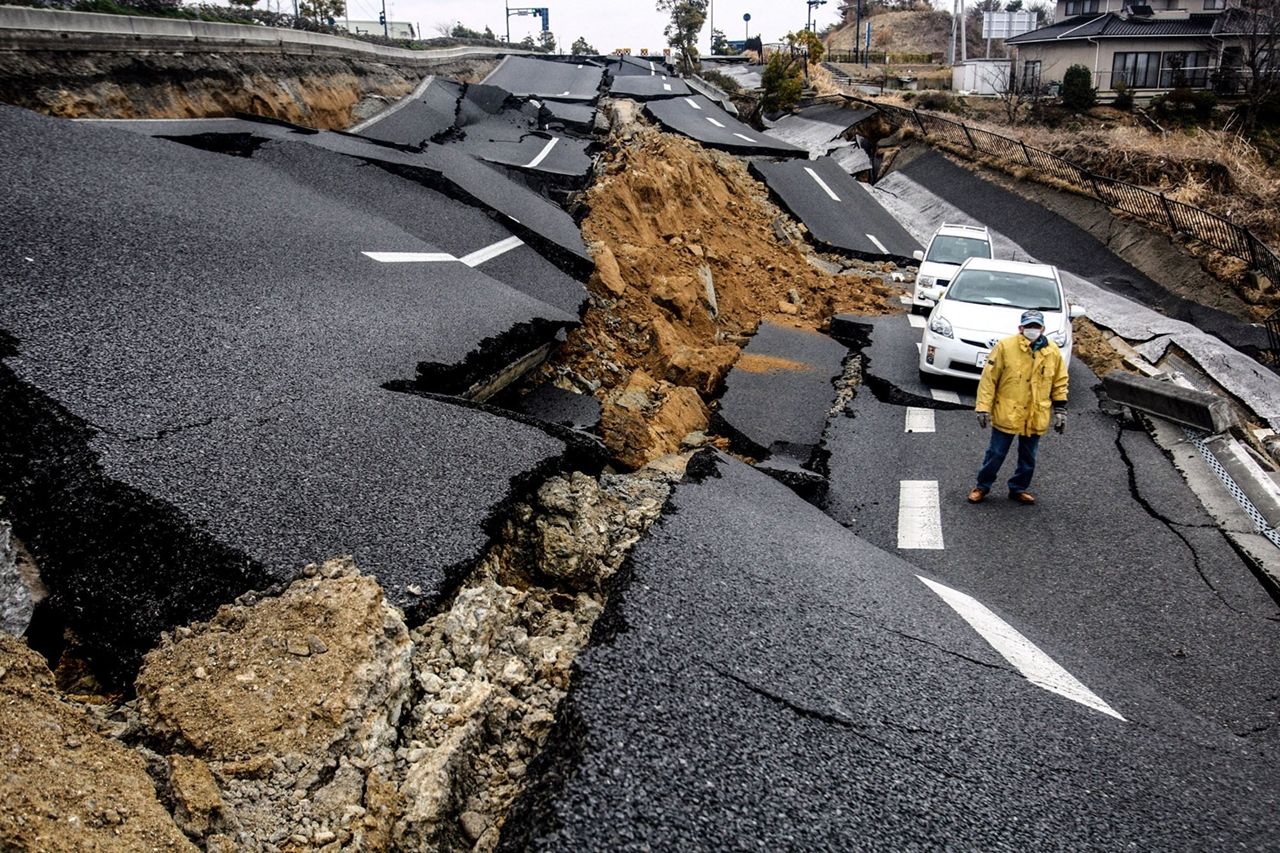Abstract: Earthquakes, natural phenomena with potentially devastating consequences, have spurred extensive research into the development of earthquake prediction technologies. This article delves into the intricate world of seismic forecasting, exploring various methods, advancements, and challenges associated with predicting earthquakes. By examining the science behind earthquake prediction technologies, their limitations, and the potential for future breakthroughs, this article aims to shed light on the ongoing efforts to enhance our ability to anticipate and mitigate seismic events.
Introduction: Earthquakes have long captured human fascination due to their unpredictability and significant impact on societies. This article investigates the evolution of earthquake prediction technologies, highlighting the importance of accurate seismic forecasting in minimizing the destruction caused by these natural disasters.
Seismic Precursors and Early Warning Systems:
- Seismic Precursors: Scientists study various pre-earthquake phenomena, such as changes in groundwater levels, electromagnetic signals, and animal behavior, in an attempt to identify patterns that may precede seismic events.
- Early Warning Systems: Technological advancements have led to the development of early warning systems that can detect initial seismic waves and provide critical seconds to minutes of advance notice before stronger shaking arrives.
Seismic Hazard Assessment:
- Probabilistic Seismic Hazard Assessment (PSHA): PSHA combines historical earthquake data, geological studies, and mathematical models to estimate the likelihood of different levels of ground shaking in a given region over a specified time period.
- Seismic Hazard Maps: These maps visualize the potential ground shaking intensity in various regions, aiding in urban planning, infrastructure design, and disaster preparedness.
Machine Learning and Big Data:
- Machine Learning Algorithms: Data-driven techniques, such as machine learning, analyze vast amounts of seismic data to identify patterns and anomalies that may indicate an impending earthquake.
- Global Seismic Networks: Collaborative efforts have led to the establishment of global seismic networks that collect and share real-time data, enabling more accurate and timely earthquake monitoring.
Challenges and Limitations:
- Complexity of Earthquake Dynamics: The intricate nature of earthquake processes and the multitude of contributing factors make accurate prediction challenging.
- False Alarms: Balancing the need for timely warnings with the risk of false alarms is a persistent challenge in earthquake prediction.
Future Prospects:
- Integration of Technologies: Combining various prediction methods, such as seismic precursors, early warning systems, and machine learning, holds promise for more comprehensive and accurate forecasting.
- Advancements in Data Analysis: Continued advancements in data collection, analysis, and computational power may lead to more refined earthquake prediction models.
While achieving precise earthquake prediction remains a formidable challenge, ongoing research and technological innovations are gradually enhancing our ability to anticipate seismic events. Seismic forecasting technologies, including early warning systems, data-driven approaches, and global collaborative efforts, offer hope for minimizing the devastating impact of earthquakes on communities and infrastructure. As scientists and researchers continue to unravel the complexities of seismic behavior, the potential for more accurate and reliable earthquake prediction remains a driving force in the quest for disaster resilience and public safety.
Safeguarding Against Earthquakes: Strategies for Prevention and Preparedness
Abstract: Earthquakes, natural phenomena with the potential for widespread destruction, require comprehensive strategies for prevention and preparedness to mitigate their impact. This article explores various approaches to safeguarding against earthquakes, emphasizing both proactive measures to reduce vulnerability and effective strategies for emergency preparedness. By examining building codes, community engagement, disaster drills, and public awareness campaigns, this article aims to provide a holistic understanding of how individuals, communities, and governments can work together to minimize the risks associated with earthquakes.
Introduction: Earthquakes pose significant threats to life, property, and infrastructure. This article delves into the importance of proactive measures and preparedness strategies to safeguard against earthquakes, reducing the potential for catastrophic consequences.
Building Codes and Infrastructure:
- Seismic-Resistant Construction: Enforce stringent building codes that prioritize seismic resilience, ensuring that structures can withstand ground shaking and lateral forces.
- Retrofitting: Upgrade older buildings and infrastructure to meet modern seismic safety standards, reinforcing weak points and enhancing overall stability.
Community Engagement and Education:
- Public Awareness Campaigns: Raise awareness about earthquake risks and safety measures through educational campaigns, workshops, and informational materials.
- Schools and Institutions: Integrate earthquake preparedness into educational curricula, equipping students with knowledge and skills to respond effectively.
Emergency Preparedness:
- Family and Community Plans: Develop and practice emergency plans with family members and neighbors, outlining evacuation routes, communication protocols, and assembly points.
- Emergency Supplies: Maintain emergency kits containing essentials like water, food, first aid supplies, and flashlights to sustain individuals and families during aftermath situations.
Infrastructure Resilience:
- Critical Facilities: Strengthen essential facilities, such as hospitals, fire stations, and emergency response centers, to ensure their functionality during and after earthquakes.
- Utility Systems: Enhance the resilience of utility networks, such as water, gas, and power supply, to minimize service disruptions following an earthquake.
Early Warning Systems:
- Seismic Sensors: Install sensors that can detect initial seismic waves and provide seconds to minutes of advance warning, allowing individuals to take cover or evacuate.
- Community Alert Systems: Implement notification systems that can deliver alerts through various communication channels, reaching a broad audience quickly.
Public Drills and Exercises:
- Earthquake Drills: Conduct regular earthquake drills in schools, workplaces, and communities to ensure that individuals know how to respond promptly and safely.
- Scenario-Based Exercises: Organize large-scale exercises that simulate earthquake scenarios, testing the coordination and effectiveness of emergency response plans.
Government Initiatives and Regulations:
- National Preparedness Plans: Governments should establish comprehensive disaster preparedness plans that allocate resources, define roles, and coordinate responses.
- Incentives for Resilience: Provide incentives for homeowners and businesses to invest in earthquake-resistant construction and retrofitting.
Safeguarding against earthquakes requires a multi-faceted approach that encompasses proactive measures, community engagement, and effective preparedness strategies. By prioritizing seismic-resistant construction, promoting public awareness, practicing emergency drills, and implementing advanced warning systems, individuals, communities, and governments can significantly reduce the risks associated with earthquakes. The collective efforts of all stakeholders are essential in building resilience and ensuring the safety and well-being of populations in earthquake-prone regions.


















